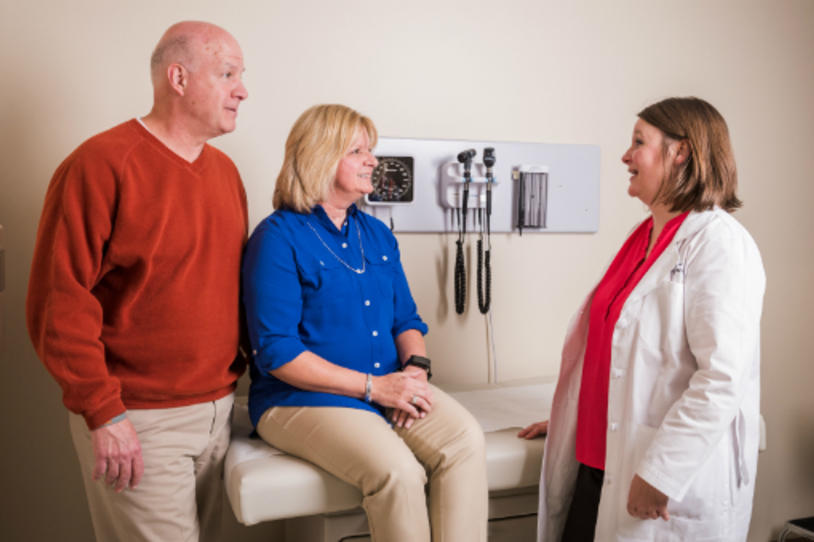
Focused ultrasound (FUS) is a non-invasive surgical therapy that aims to ease Parkinson’s disease (PD) tremor and other motor symptoms. Like all currently available therapies, it eases symptoms but does not change the course of disease.
In 2018, the U.S. Food and Drug Administration (FDA) approved focused ultrasound to treat Parkinson’s tremor that cannot be controlled with medication. Recently, the treatment gained an expansion of FDA approval to include other Parkinson’s symptoms, such as stiffness and slowness, as well as dyskinesia, which is involuntary, uncontrolled movement. (MJFF funded early work on focused ultrasound for dyskinesia.)
In FUS, doctors use MRI imaging to visualize the brain while guiding ultrasound beams to destroy tiny areas of cells that cause Parkinson’s motor symptoms. Doctors target different brain areas for different symptoms: the thalamus for medication-resistant tremor and the globus pallidus interna for other PD motor symptoms and dyskinesia.
During this procedure, a person is awake and there is no general anesthesia, incision or hardware placed in the brain. The treatment typically takes effect immediately and it is irreversible. Possible side effects may include headache, numbness and tingling, imbalance or gait changes, and others.
Currently, focused ultrasound is approved for use only on one side of the brain, which means it treats symptoms only on one side of the body. This is because, when done on both sides of the brain, FUS may cause speech, swallowing, memory or other problems. (Ongoing research is evaluating the possible benefits and safety of both-sided FUS in different brain targets as well as the best protocols for performing the procedure.)
FUS may be an option for people with PD who respond to levodopa but have complications, such as dyskinesia or “off” time. It also may be a consideration for those who have tremor that medication does not adequately control.
To learn more about focused ultrasound, speak with your physician and visit our webpage.
This expanded approval brings another treatment option to people living with Parkinson’s. With continued work, researchers aim to optimize focused ultrasound for more people and for more symptoms.
